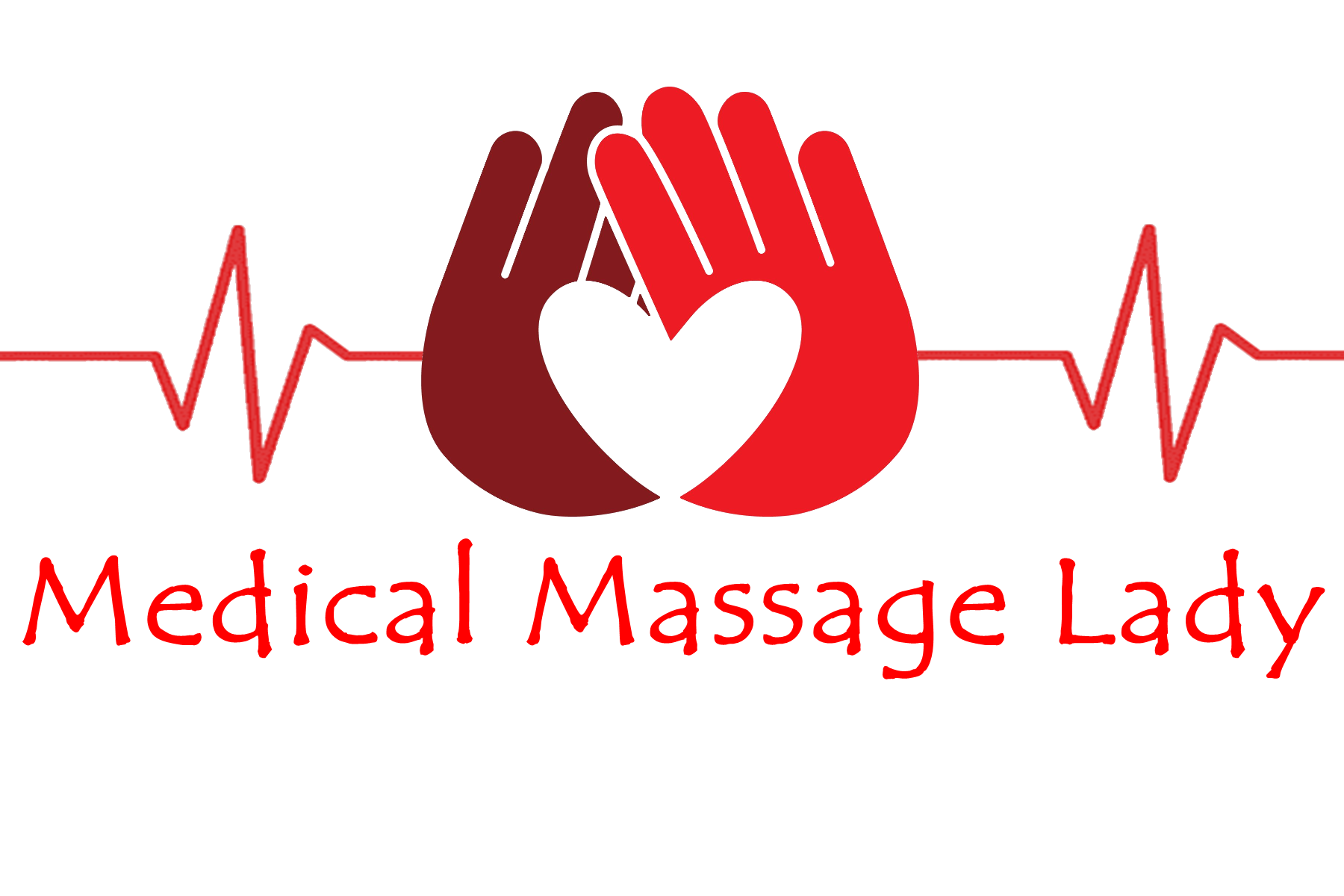- 07736 104738
- sam@medicalmassagelady.com
- Mon - Sat, 8:00 - 18:30
• high blood pressure affects more than 1 in 4 adults in the UK – around 31% of men and 26% of women , more commonly in over 65’s
• approximately 20% of hypertensive adults are unaware of their condition
• only 48% of the 71% who take medication are aware of whether their blood pressure is controlled
• lifestyle factors eg. smoking, excessive alcohol intake, lack of exercise, unhealthy diet and being overweight all contribute to hypertension, as well as there being a link with diabetes
• hypertension doesn’t exhibit many visible signs but it increases the risk of heart disease and stroke, which are leading causes of death . Heart disease (heart failure, heart attack, and clogging of the arteries which increases risk of stroke) accounts for around 27% of deaths in the UK ie. approximately 170,000 each year.
WHAT IS BLOOD PRESSURE?
When the heart beats, it pumps blood into the arteries, at which point blood pressure (force of the blood pushing against the walls of the arteries) is at its peak (systolic blood pressure). When the heart rests between beats, blood pressure falls (diastolic pressure). Hypertension occurs when the systolic is consistently over 140mmHg and the diastolic over 90mmHg.

IMPLICATIONS FOR THE MASSAGE THERAPIST
A reputable massage therapist takes accountability for their own practice and uses information from research and the clients themselves to make educated decisions. While research demonstrates how massage can reduce blood pressure, therapists are told during training that hypertension is a contraindication. High blood pressure means that the pressure exerted against blood vessel walls is increased, and so any extra activity that may further increase intravascular pressure risks rupture of blood vessels. This could be fatal. Massage is well known for improving blood circulation by pushing stagnant blood through the system, which in turn flood the vessels with fresh blood.
However…. Research shows that massage can reduce blood pressure by stimulating receptors that tell the central nervous system that the body is relaxed, causing vasodilation. This consequently reduces pressure on the blood vessel walls and also heart rate.
BENEFITS OF MASSAGE
• while massage may increase blood circulation, it will also cause vasodilation which reduces the pressure on those vessels. This reduces tension and blood pressure.
• the risk of increased circulation is generally only an issue when blood pressure is not controlled, hence a doctors consent would be required before proceeding with treatment
• while reducing smoking and alcohol intake, increasing regular exercise, and making dietary changes may help reduce blood pressure, reducing stress can prevent further rises in blood pressure. Massage, therefore, can assist with hypertension by relieving stress.
• High blood pressure is generally treated with anti hypertensive medication, but this may require prescription of a few drugs to achieve acceptable blood pressure, and sometimes additional medication to combat side effects. However, massage used alongside a single medication may be enough to manage blood pressure while reducing the need for additional medications.
WHAT THE RESEARCH SHOWS
• massage reduced sitting diastolic and systolic blood pressure in addition to reduced cortisol stress-hormone levels, anxiety and depression
• regular massage treatments lowered blood pressure in those with clinically diagnosed hypertension
• Swedish massage had the greatest effect in reducing blood pressure, and potentially painful treatments eg. trigger point therapy, sports massage may have the opposite effect, although other research on the effects of myofascial trigger-point massage therapy showed significant decreases in both diastolic and systolic blood pressure, as well as reduced muscular tension and heart rate
• research on anesthetized rats showed that massage of the front and sides of the abdomen reduced arterial blood pressure, and it has been suggested that the same on the back of hypertensives resulted in decreased cardiac output
PRECAUTIONS
So should a therapist treat a client with high blood pressure, given the conflicting information between the research and training?
• if the client’s high blood pressure is not controlled, treatment should not go ahead unless there is agreement from the GP
• appropriate massage modalities should be used to encourage relaxation ie. Swedish massage
• therapists should not be treating hypertensive clients unless they have had a higher level of training with more in depth anatomy and physiology knowledge, understanding of the complications and experience of dealing with hypertensive clients. The therapist should also be registered.
CONCLUSION
Use of stress reducing alternative therapies to prevent and/or treat hypertension will be most successful when carried out alongside lifestyle changes eg.diet, exercise, smoking cessation etc. When clients are in a continued stress response eg.PTSD, the continuous release of stress hormones due to the sympathetic nervous system will eventually raise blood pressure. By stimulating the parasympathetic nervous system, massage can restore homeostasis, including the blood pressure, via physiological changes to the vascular, muscular, and nervous systems. While benefits have been noted, research showing massage to be effective in lowering BP is somewhat limited, and in cases where hypertension has introduced heart disease or stokes, the contraindication should still stand. However, for clients in the prehypertensive state or who are hypertensive but without the additional cardiac/vascular issues, massage may be the difference between reducing stress levels and helping to prevent further health issues, and developing heart disease. It may also reduce the need for multiple medications.




